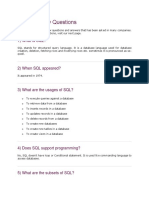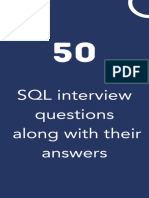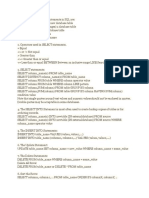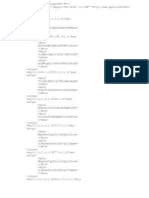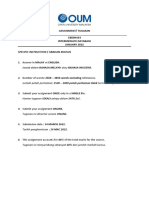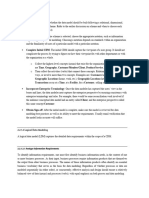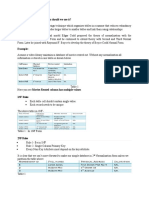0% found this document useful (0 votes)
20 views5 pages50 Must-Know Oracle SQL Interview Questions & Answers
The document contains 50 important Oracle SQL questions and answers covering fundamental concepts such as SQL, PL/SQL, data types, keys, constraints, normalization, joins, and various SQL functions. It also addresses advanced topics like query optimization, indexing, data warehousing, and transaction control. This resource serves as a comprehensive guide for understanding Oracle SQL and its functionalities.
Uploaded by
Arbaz ShaikhCopyright
© © All Rights Reserved
We take content rights seriously. If you suspect this is your content, claim it here.
Available Formats
Download as PDF, TXT or read online on Scribd
0% found this document useful (0 votes)
20 views5 pages50 Must-Know Oracle SQL Interview Questions & Answers
The document contains 50 important Oracle SQL questions and answers covering fundamental concepts such as SQL, PL/SQL, data types, keys, constraints, normalization, joins, and various SQL functions. It also addresses advanced topics like query optimization, indexing, data warehousing, and transaction control. This resource serves as a comprehensive guide for understanding Oracle SQL and its functionalities.
Uploaded by
Arbaz ShaikhCopyright
© © All Rights Reserved
We take content rights seriously. If you suspect this is your content, claim it here.
Available Formats
Download as PDF, TXT or read online on Scribd
/ 5


















